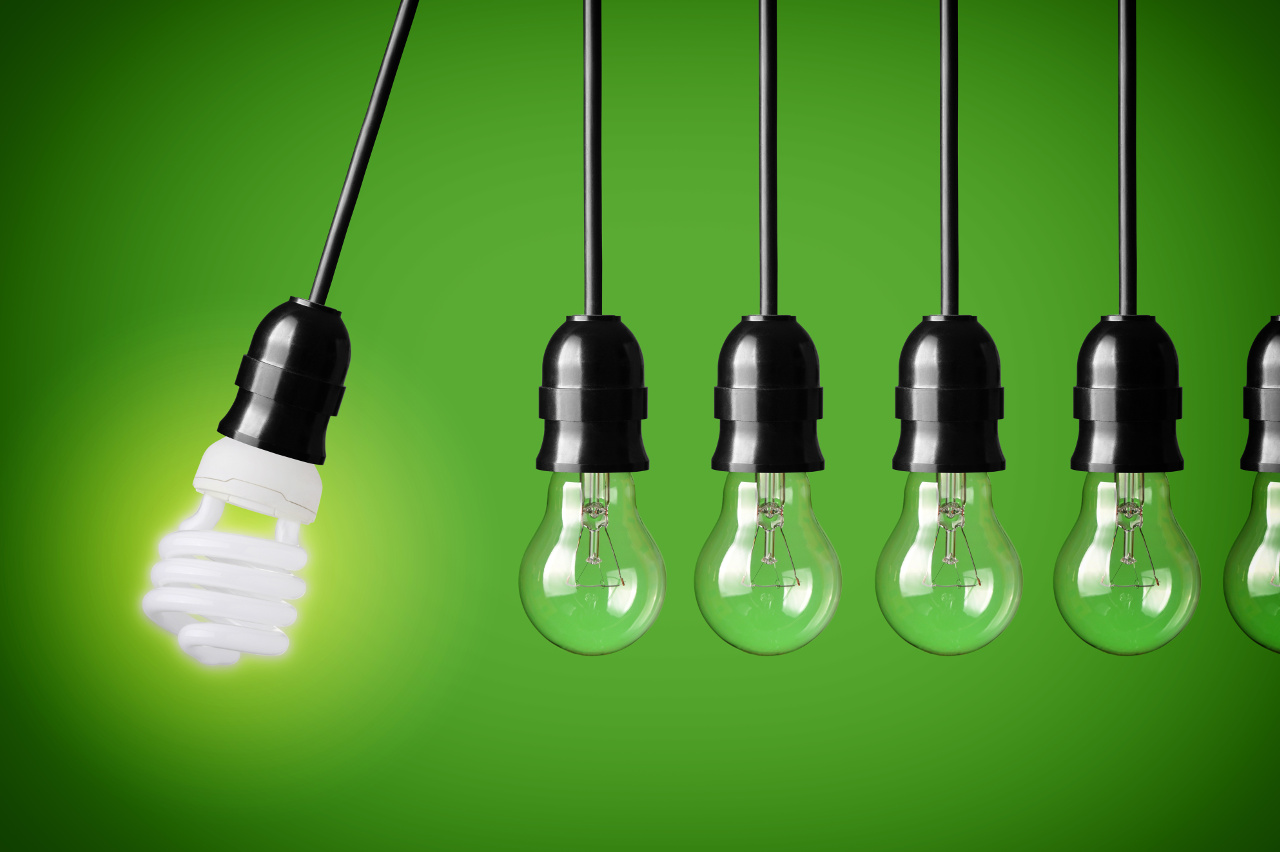
The Effect of Artificial Light on Health, Mood, and Performance
The arrival of the light bulb in the early part of the 20th century was a game changer for Spain. It allowed them to turn night into day. In Madrid there are traffic jams at 4.00 a.m. as people try to get home after a night out. Many people ask “when do the Madrileños sleep?” It’s a good question. #healthyhousedesign
Unless you are Spanish too much artificial lighting has an ill effect on health.
Artificial Light Affects Our Health
Apart for the visible element of artificial light there are also ultra violet and infrared radiations and they may have an ill effect on the skin and the eyes. They can also disrupt the body clock and hormonal system.
For most people artificial light is obviously fine. But, we can ask ourselves what is the healthiest form of artificial light? And the answer seems to depend on the room function and the time of day.
For improved well-being we should design our lighting thoughtfully to match the room function.
Bedroom lighting for example should be designed to evoke sleep. Blue light will keep you awake. Leave the smart phone on charge somewhere else!!
Warmer light temperatures can be used in the morning and evening that mimic sunrise and sunset. Maybe dim the lights an hour before you go to sleep.
Artificial Light Affects Our Performance
Blue light is fantastic for waking up and for getting things done. Business environments and often lit by LEDs. This can have a positive effect, waking everyone up and brightening their day. Which room in your villa would you use LEDs?
Research shows that cool blue light is better for productivity. Lower temperatures of light make us feel more alert. It’s possible that blue light lowers the level of melatonin in the body making you feel more awake. So they are good in learning and working rooms helping keep people focussed and vital but not in bedrooms. Research by the Harvard Medical School showed that excessive blue light is associated with diabetes, heart problems and depression.
Artificial Lighting Affects Our Moods
Studies have shown that bright lighting intensifies our emotions whether for better or for worse. Studies at the University of Toronto have shown that bright lights can make you feel more optimistic and also more anxious. They can make you more decisive and they can also make you more angry. So whereas bright lighting can be positive it’s a question of finding a healthy balance.
In the same way warmer tones and yellow tones make us feel relaxed and at ease. If we want to imitate the glow from a candle or an open fire it is around 2000k and this evokes calm. So red, amber or yellow lighting is appropriate for libraries and maybe living rooms.
Here is the link to the European Commission Scientific Committee opinions of the health effects of artificial light. Perhaps it might make some useful bedtime reading for anyone who wants some scientific information: https://ec.europa.eu/health/scientific_committees/opinions_layman/artificial-light/en/index.htm


